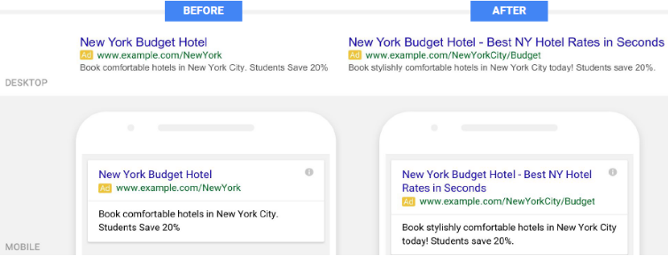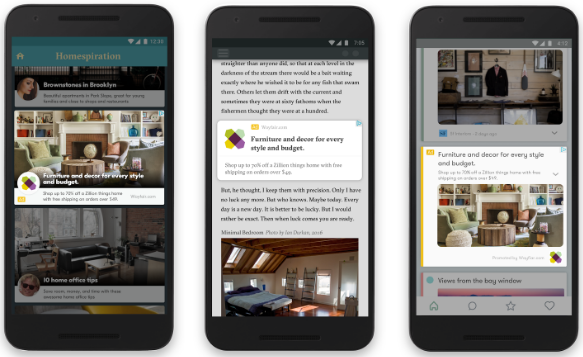[display-name-category]
[post_author]
People are attached from dawn to dusk to their phones, giving businesses more chances than ever before to connect with consumers.
Google has been pushing advertisers to take mobile search usage trends seriously for a few years now, starting with the announcement of Enhanced Campaigns in 2013. Now, as Google’s Senior Vice President of Ads & Commerce, Sridhar Ramaswamy put it, “the shift to mobile has happened”.
Yesterday was the Google Performance Summit, the platform’s annual event for AdWords and Google Analytics customers. The event was nothing short of thrilling, with Google announcing not one, but five major changes for AdWords advertisers.
Why Would Google Do This?
During the event, the audience was hit with these impressive numbers:
- Number of global searches done on Google: Trillions. According to Google Analytics, more than half of searches come from smartphones and tablets.
- Google’s search and advertising tools drove $165 billion of economic activity for over 1 million businesses, website publishers, and nonprofits across the United States in 2015.
- Location-related searches are growing 50% faster than other mobile queries.
What’s New?
1) Expanded Text Ads

A few months ago, Google eliminated right side ads from desktop SERPs as a way to create a more unified Google experience across devices. Now we know this was done to pave the way to introduce expanded ad texts.
Ad texts will now allow two 30-character headlines, 80 characters for description, and an auto-extracted URL with customizable domain path. Advertisers will have a lot more room to sell their products and services.
Based on early testing, some advertisers have reported increases in clickthrough rates of up to 20% compared to current text ads. Particularly with so little space on the smartphone screen, this headline change is great news for advertisers.
In turn, this change will make Quality Score an even more important deciding factor on ad positioning. In other words, you will really want to stay in those 3 prized positions to take advantage of the best possible ad real estate being offered by the platform.
2) Responsive Ads for Display

Google is eliminating the hassle of creating multiple ads for different formats. Simply provide headlines, a description, an image, and a URL. Google will figure out the best format for your ad depending on where it is being served.
Google also announced that it is expanding the potential reach of Google Display Network remarketing campaigns “by giving you access to cross-exchange inventory, which includes more websites and apps around the world.”
3) Individual Bid Adjustments for Device Types
Currently, advertisers set a base desktop bid and then set mobile bids as a multiplier on the base bid. Now, Google will allow you to choose to bid more or less for mobile, desktop or tablets. This lets you anchor your base keyword bid to the device most valuable to your business.
Marketers need more control and flexibility to optimize bids on specific devices. AdWords users can optimize with greater precision while keeping things simple with a single campaign that reaches consumers across devices. The change will also include wider range to adjust bids, up to +900%.
4) New Local Search Ads to Appear on Google Maps

This change was dubbed by Google as the “next generation” of local search ads.
As you can see, brand logos and offers will now appear directly on the surface of the map, rather than just alongside the map. To encourage consumers to explore your store before they even arrive, searchers will be able to see special offers or browse available inventory right from the Google Maps ad.
As Google noted, location-related searches:
- Account for nearly a third of all mobile searches.
- Have grown 50 percent faster than overall mobile searches in the past year.
5) Better Measurement of In-Store Conversions
This change is not exactly new but will become more widespread. That is a big deal. The way it works is Google simply looks at phone location history to determine whether the person who searched and clicked on your ad ended up walking into the store.
As an example, Google cited Nissan UK, which discovered 6 percent of people who clicked on ads went to the dealership, resulting in 25x ROI.
These Are All Game-Changers for AdWords Users
We’ve been seeing a major shift towards mobile, and now it finally feels like advertisers have the tools to provide an outstanding mobile experience.
I’m particularly excited for responsive Display ads and curious to see the results that will derive from local search ads in Google Maps. If you want to learn every single detail about the announcement, check out AdWords Blog. What do yout think of these updates? Let us know in the comment section below!






